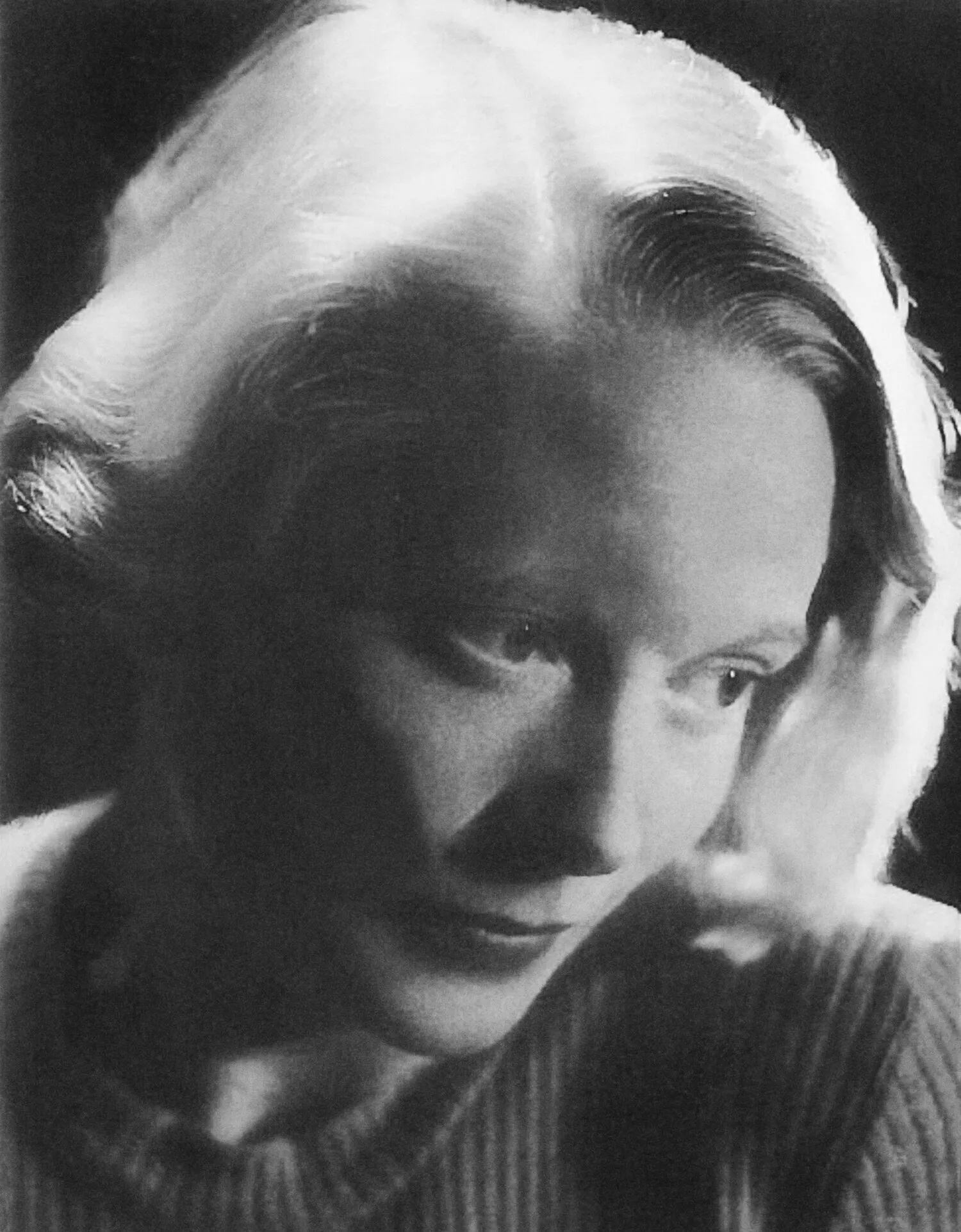
Tove Kindt-Larsen
Tove Kindt-Larsen (née Reddersen, 1906-1994) was one of the first female designers to emerge during Denmark’s ‘Golden Era’ in the mid-twentieth century. She is well-known for working with her husband, Edvard Kindt-Larsen (1901- 1982), but her own influence should not be underestimated. By acquiring the rights to pieces that she designed prior to her partnership with her husband, GUBI aims to restore her to her rightful place in design history.
CHARACTERISED BY A FINE SENSE OF QUALITY
Tove worked for architect Thyge Hvass from 1931 and made her mark on the industry early in her career. By the time she married Edvard, she had already won the first prize in the Cabinetmakers Guild competition, as well as third prize in the Danish Reeds Guild competition for her wicker furniture. In 1938, furniture designer Mogens Voltelen said that her work “boldly embarks on solving a task in a new way.” Her furniture was characterized by a fine sense of quality and a design language that responded to evolving tastes of the time. She was an early pioneer in rattan chairs and the use of molded plywood and well as moving away from designing room sets and instead conceiving individual pieces of furniture so that homeowners could curate their own spaces.
An architect by training, with several years of furniture design under her belt, she embarked on a furniture design course at the Royal Danish Academy of Fine Arts in Copenhagen, under the ‘godfather of Danish design’ Kaare Klint, where she met her husband. Edvard had already gained recognition for a grand-scale hotel project by the lakes of Copenhagen and, during their studies, the pair discovered their collaborative spirit and shared affinity for high-quality natural materials and complementary contrasts. They married in 1937 and established a joint design studio in 1945. Together, they broke the connection with Victorian furniture and designed everything from furniture to silverware, jewelry, rugs, textiles, wallpaper and even exhibitions and buildings, with a focus on functionalism throughout. Examples of their furniture include the Fireplace Chair (1939), the Pagoda Sofa (1956), the Pagaj Chair (1960), and the Prisma Sofa (1964) to name but a few.
FUNCTIONAL SOLUTIONS TO EVERYDAY PROBLEMS
From 1943 until 1966, Edvard was given responsibility for designing and curating the Copenhagen Carpenters’ Guild’s exhibitions that would come to define Danish furniture design. The couple jointly planned and decorated the shows for 23 years, which became synonymous with the principles behind their own practice – a desire to create new furniture typologies as functional solutions to everyday problems.
They had a notable influence on the Danish Modern movement, travelling to the United States with the likes of Hans J. Wegner, Ole Wanscher, Kaare Klint, Finn Juhl, Axel Bender Madsen, Ejner Larsen, Arne Jacobsen, and Poul Kjærholm in the 1950s to promote Danish design. Edvard Kindt-Larsen received the Eckersberg Medal in 1949 and the Carpenters’ Guild honorary prize in 1957 – and Queen Ingrid of Denmark even bought a small leather-clad rotating stool designed by the pair.
Tove Kindt-Larsen’s name wasn’t mentioned in either award, but it is widely acknowledged that they worked as a team on both the exhibitions and the furniture they created together and presented there.
As half of one of the most distinctive designer couples of the 20th century,
Tove Kindt-Larsen’s personal influence may not be well documented, but it is nonetheless indisputable.